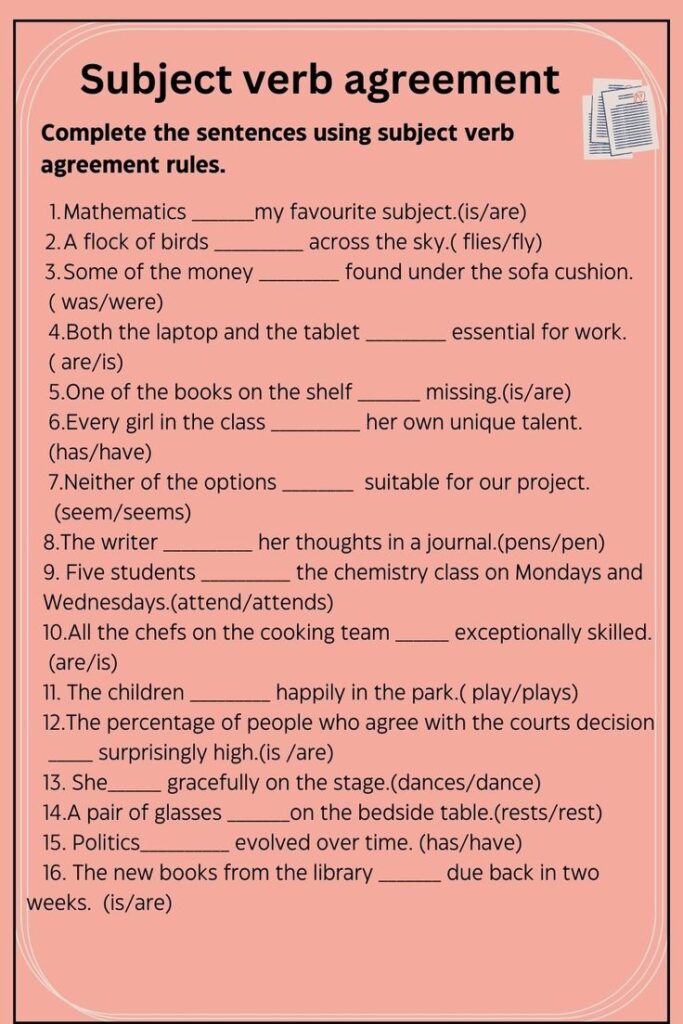Subject-verb agreement means that the verb in a sentence must match its subject in number and person. For example:
Correct: She writes every day.
Incorrect: She write every day.
This rule may seem simple, but it is one of the foundations of clear and professional English communication.
Clarity in Communication
When your verbs agree with your subjects, your sentences flow smoothly and are easier to understand. If there is disagreement, readers or listeners may pause, re-read, or get confused about your intended meaning. In academic essays, business emails, or presentations, this small error can affect credibility.
Professional Impression
Mistakes in subject-verb agreement can make writing look careless. In professional settings—such as resumes, reports, or interviews—these errors may give the impression that the writer is inattentive or lacks mastery of the language. Using correct agreement signals professionalism and attention to detail.
⇔ Take a quiz on subject-verb agreement.
Academic and Exam Success
Students are often graded on grammar accuracy in essays, reports, and standardized tests. Errors in subject-verb agreement can reduce scores, even if the ideas are strong. For language learners, mastering this skill is crucial to building confidence in both writing and speaking.
Effective Speaking Skills
In spoken English, subject-verb agreement matters for fluency and credibility. Misusing verbs can cause listeners to lose focus or misunderstand your point. For example:
Incorrect: The team are winning the match.
Correct (American English): The team is winning the match.
In public speaking, debates, or conversations, correct grammar helps you sound polished and confident.
Common Pitfalls to Avoid
Collective nouns – “The committee decides” (not “decide”).
Indefinite pronouns – “Everyone is welcome” (not “are”).
Intervening words – “The bouquet of flowers was beautiful” (not “were”).
Compound subjects – “Bread and butter is my favorite breakfast.”
Conclusion
Subject-verb agreement is not just a grammar rule; it is a communication tool. It ensures clarity, strengthens credibility, and enhances both written and spoken English.
Whether you are a student, professional, or language learner, mastering this rule will help you express your thoughts with accuracy and confidence.


